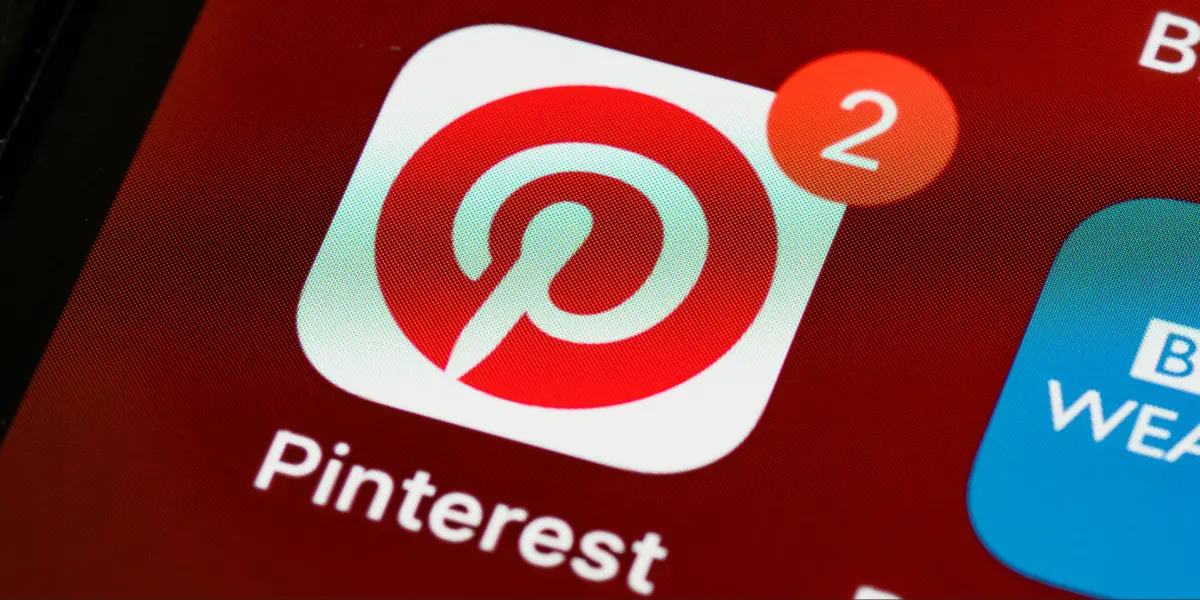Are you looking to move into ads for YouTube to grow the name of your brand? If so, you’ll need to know how all the ads work. And in this infographic, we’re giving you a look behind the curtain to show you how each ad type for YouTube works!
Why Ads for YouTube Matter
- YouTube has over 2.5 billion active users worldwide.
- Users watch over 1 billion hours of video per day on the platform.
- Ads for YouTube can reach 33% of the global population and over 90% of internet users aged 18+.
YouTube Ad Formats Explained
When it comes to Ads for YouTube – like any social platform – there are a number of different ad types you can work with. These include in-stream ads, bumper ads, masthead ads, and more.
Here, we’re going to dive into the various different ad types to see how they work, as well as the average expected cost for each.
Skippable In-Stream Ads
You’ve probably seen, when watching a YouTube, that there are ads you’re able to skip. Skippable ads for YouTube can appear before, during, or after a video. Typically they can be skipped after five seconds, however for longer videos, the option to skip may appear after 30 or 60 seconds.
How It Works
With skippable in-stream ads, advertisers will only pay if viewers watch for 30 seconds or more, or engage with the ad. Engagement can be clicking on the CTA, learning more, or visiting the related website.
They’re best for raising brand awareness with by reaching a new audience with engaging, longer videos.
Cost and Reach
Typically, a skippable in-stream ad will be around £0.03 to £0.10 per view. Keep in mind that this will depend on your audience targeting, industry, and overall competition within the space.
Across different devices, skippable in-stream ads for YouTube can reach around 90% of users across different devices.
Non-Skippable In-Stream Ads
These are the exact same as their skippable counterpart, the only differencing being that users are unable to skip these ones. Typically lasting around 15–20 seconds (although this can be more), users have to watch these ads for YouTube before continuing to their selected video.
How It Works
These ads are charges on a cost-per-mille (CPM) basis, meaning that advertisers are are charged for every 1,000 impressions their non-skippable in-stream receives.
These ads are typically best for product launches or direct messaging, as you’re guaranteed viewership – however keep in mind that you’re not guaranteed X amount of viewers.
Cos and Reach
CPM for these ads range from £4 to £10, depending on the audience size you’re wishing to target, and then the specific parameters you select. The good news is that these ads can reach millions with high engagement, due to the non-skippable format.
Bumper Ads
Bumper ads are short-form, non-skippable ads for YouTube that last up to 6 seconds, appearing before the user’s desired video. They’re best for quick branding messages and teasers.
How It Works
Bumper ads, like the non-skippable in-stream ads, are paid on a CPM basis, designed for quick, concise, and snappy messages.
BONUS: Learn how to leverage video content for social media success.
Cost and Reach
Typically the CPM for these ads will fall between £1 and £5. They do, however, have a very high reach potential due to their concise nature, helping to grow awareness and drive brand recall.
Video Discovery Ads
Unlike the other ads we’ve previously looked at, these ads for YouTube appear in search results or alongside related content. So when someone searches the platform for a particular video, it’s on the search page that the video discovery ads will be shown.
How It Works
For these ads for YouTube, advertisers will pay on a cost-per-click (CPC) basis. This means that they’ll only page when users click to watch the video they’re promoting. Additionally, these ads are to drive views on videos that re already on the YouTube platform, instead of sending users to an external platform, which means they’re best for driving traffic to your channel or videos with high-intent viewers.
Cost and Reach
CPC for these ads for YouTube can range anywhere from £0.10 to £0.30, depending on the level of competition within the industry you’re targeting. These ads are excellent for reaching users actively searching for content related to your brand or industry.
Masthead Ads
These are premium ads that are displayed at the top of the YouTube homepage for 24 hours. When open up YouTube and see an advert for something taking up almost all of the top half of the page, this is a masthead ad.
How It Works
Masthead ads, because of their prominent position on the YouTube homepage, are paid on a cost-per-day basis, rather than by views or clicks. The best use case for these ads are large brands seeking widespread attention for major campaigns or events.
Cost and Reach
The prominent position of masthead ads means that a very wide audience is going to see them, and as a result, puts the cost up dramatically. Brands will be looking to pay anywhere from £300,000 to £500,000 per day for masthead ads. And for that cost, you get a lot of bang for your buck, with your brand able to reach tens of millions of users in a single day.
Key Strategies for Successful Ads for YouTube
Now that we know what each of the ads for YouTube do, and how much brands can expect to cost if they invest in them, we want to help you with our top tips to make the most of advertising on YouTube.
Target Your Audience Precisely
YouTube’s advanced targeting features allow you to refine who sees your ads based on demographics, interests, behaviour, and location. You can target specific age groups, genders, and interests, ensuring your ads reach viewers most likely to engage. For example, targeting users who search for fitness-related content can significantly boost engagement rates.
By leveraging tools like Custom Intent audiences, you can reach users based on their search behaviour across Google and YouTube. This precision targeting can increase engagement by up to 60%, helping you reach the right people at the right time, while minimising ad spend.
Create Engaging Content
In ads for YouTube, the first 5 seconds are crucial for grabbing viewers’ attention. Start with strong visuals, a bold statement, or an intriguing question to ensure viewers don’t skip your ad. Keep your messaging short and snappy—ads between 6-15 seconds often perform best.
Make sure your content aligns with your target audience’s interests. Personalised, engaging content can improve retention rates, with successful ads holding viewers’ attention over 65% of the time. Always include a clear call to action (CTA) to drive traffic or conversions.
Remarketing Using Ads for YouTube
Remarketing on YouTube allows you to target users who have previously interacted with your brand, leading to significantly higher conversion rates. Ads for YouTube that target these “warm” audiences typically result in 300% more conversions compared to cold audiences.
Tailor your ads to remind users of their past interactions, like viewing your product or visiting your site. These ads help bring potential customers back, making it easier to convert their interest into actions, such as making a purchase or signing up for services.
Test and Optimise Ad Formats
A/B testing different ad formats is key to discovering what resonates with your audience. You can experiment with skippable vs non-skippable ads, or different ad lengths, to see which version performs better. Successful A/B testing can increase your ad performance by 25% or more.
By continually testing, you can refine your campaigns to improve engagement and lower costs. It’s important to test not only formats but also messaging and visuals to see what drives the best results.
Monitor and Adjust
Use YouTube Analytics to track important metrics like views, clicks, and conversions. Analysing this data helps you understand which ads for YouTube are performing well and which ones need improvement. Adjusting your strategy based on this feedback can boost ROI by up to 20%.
Monitoring allows you to make data-driven decisions and optimise your campaigns over time, ensuring you’re spending efficiently while reaching your marketing goals.
The Full Ads for YouTube Infographic







